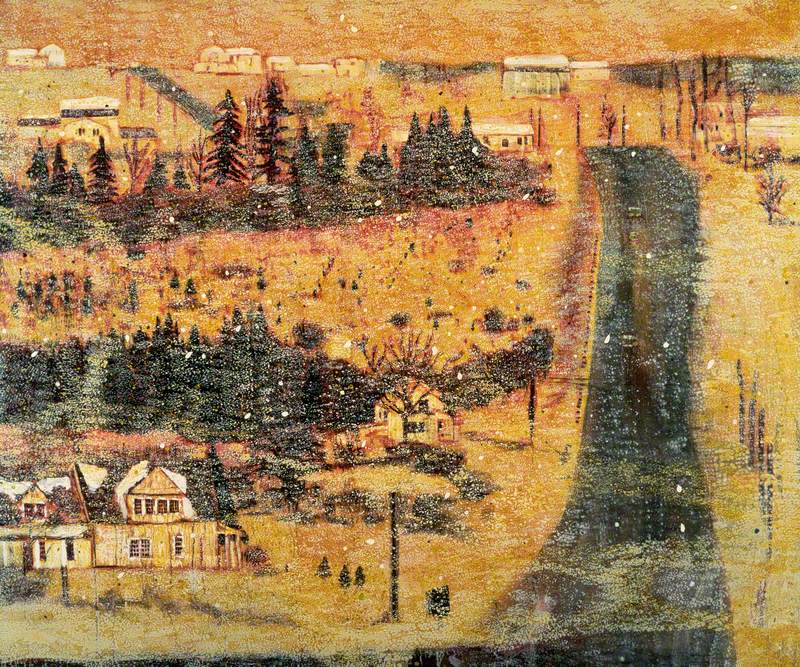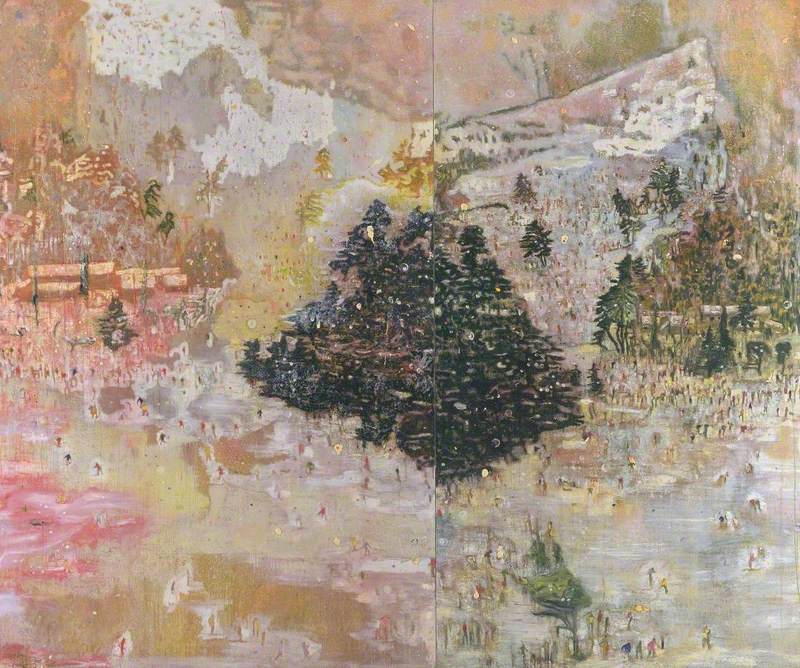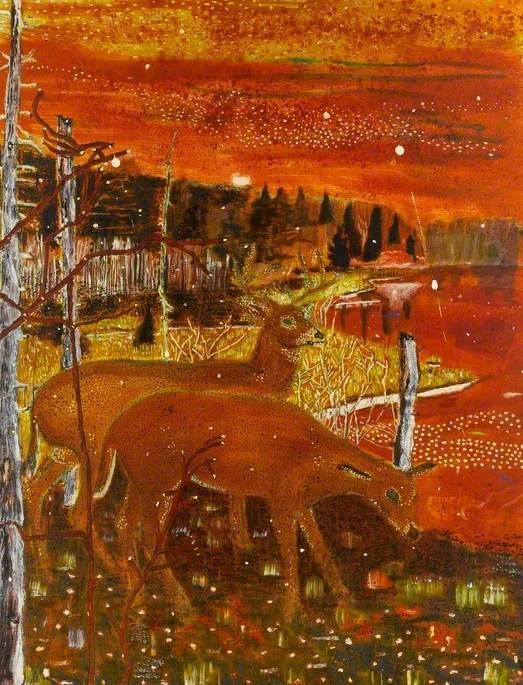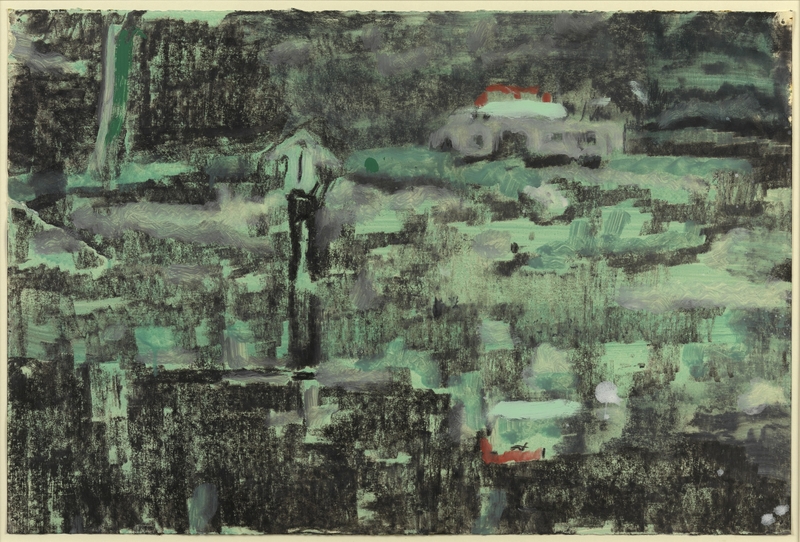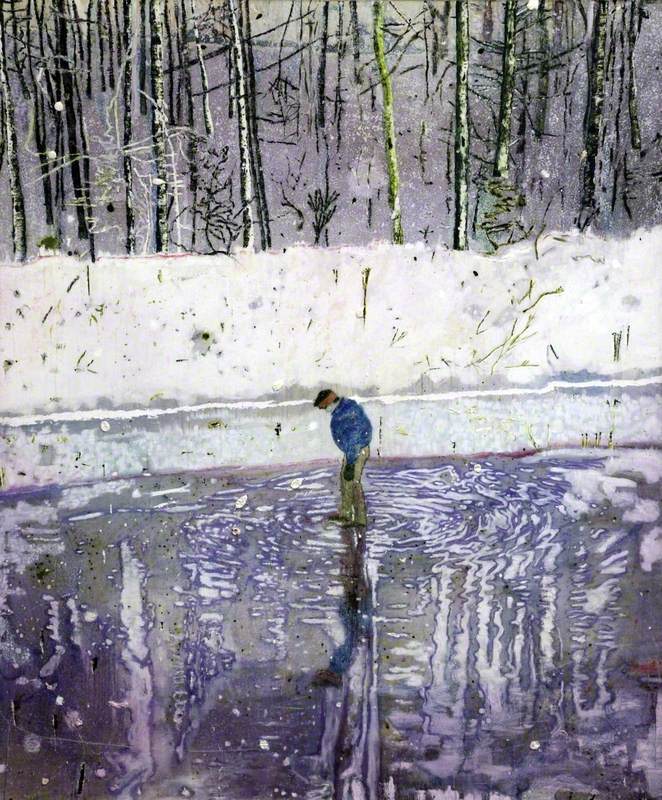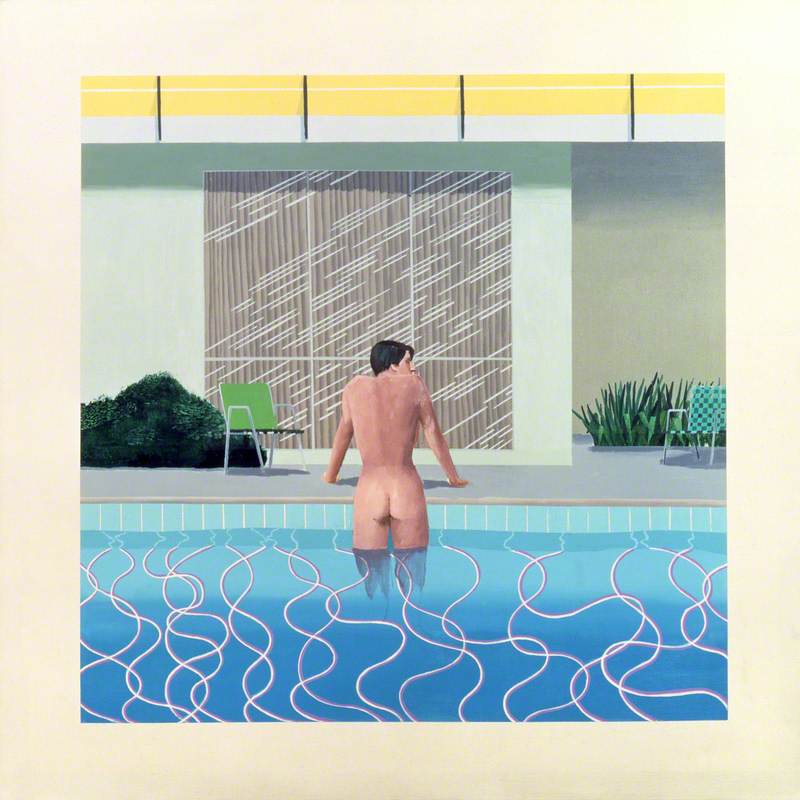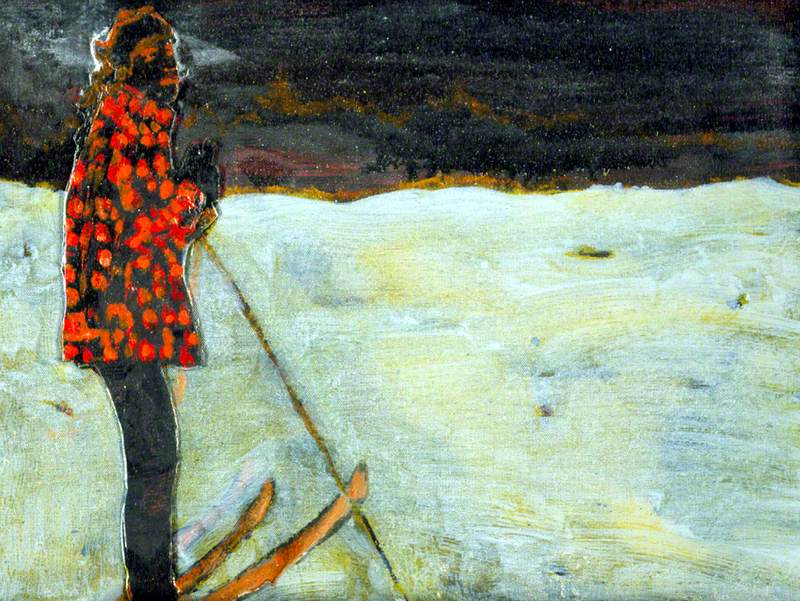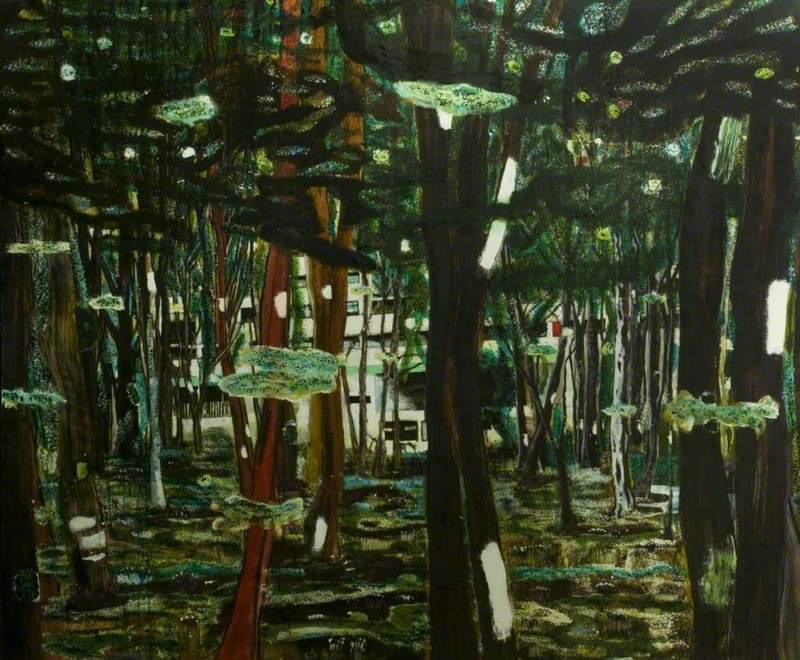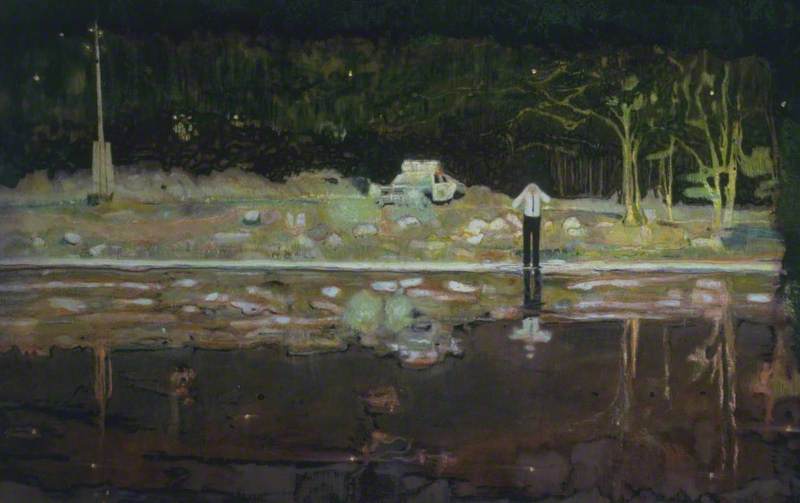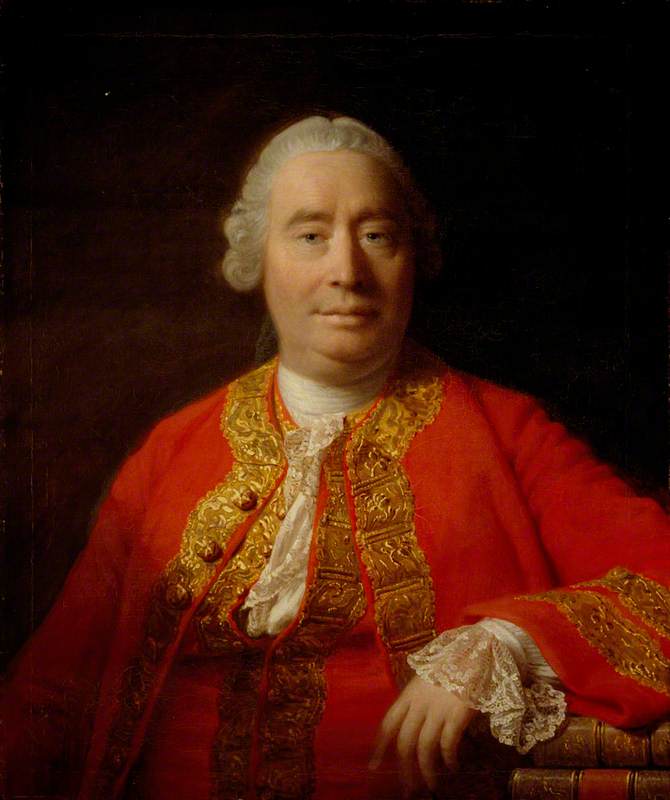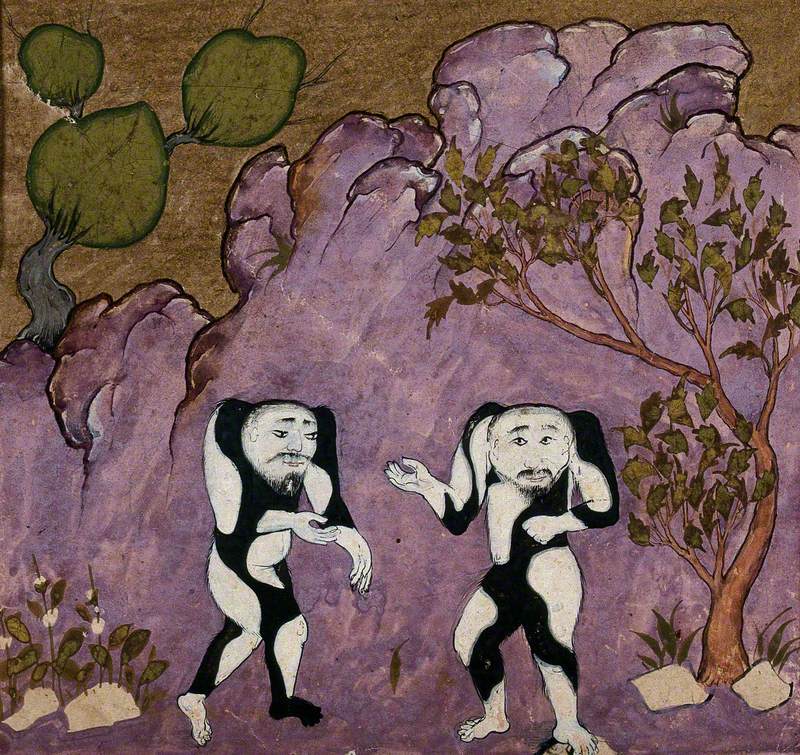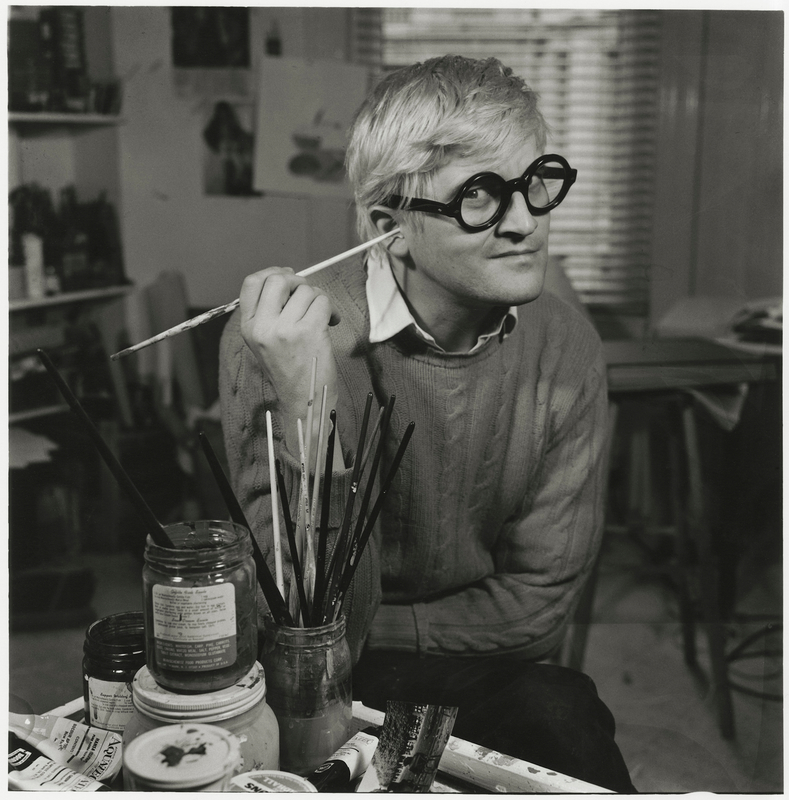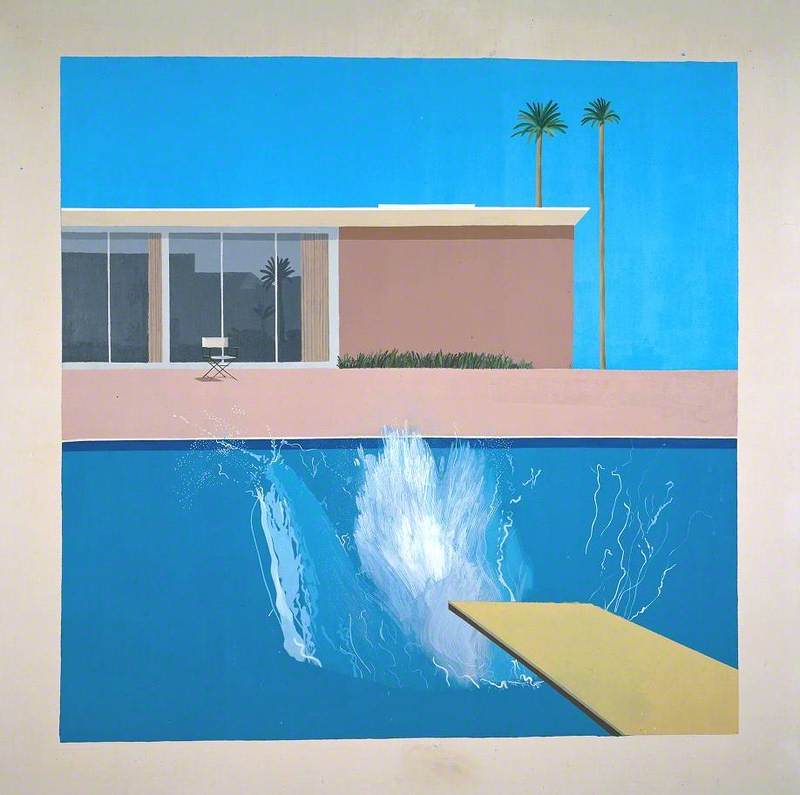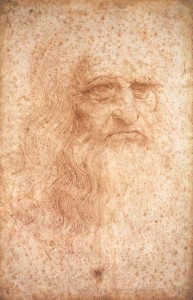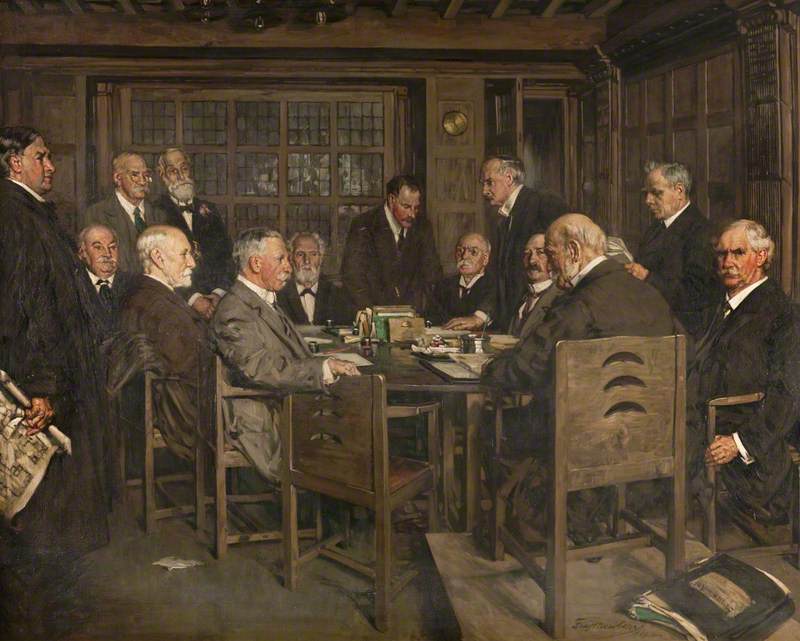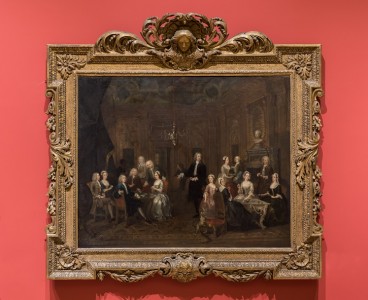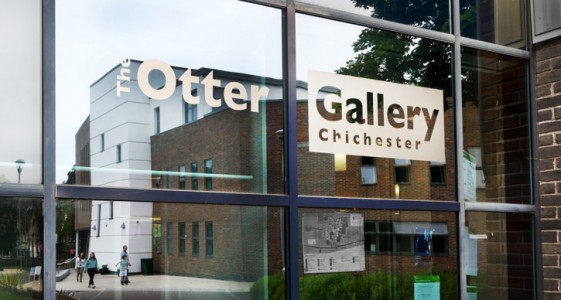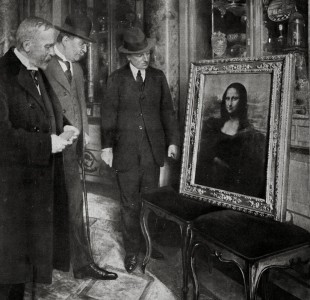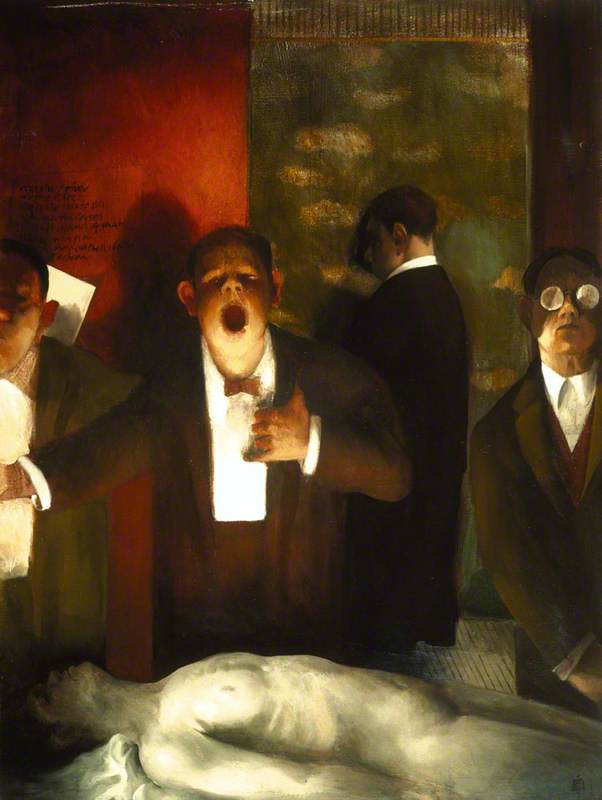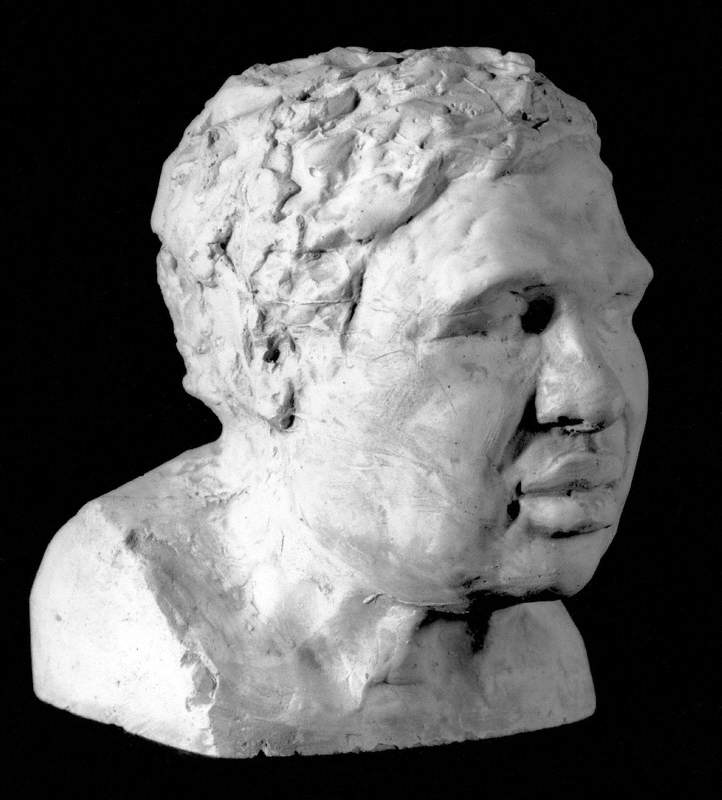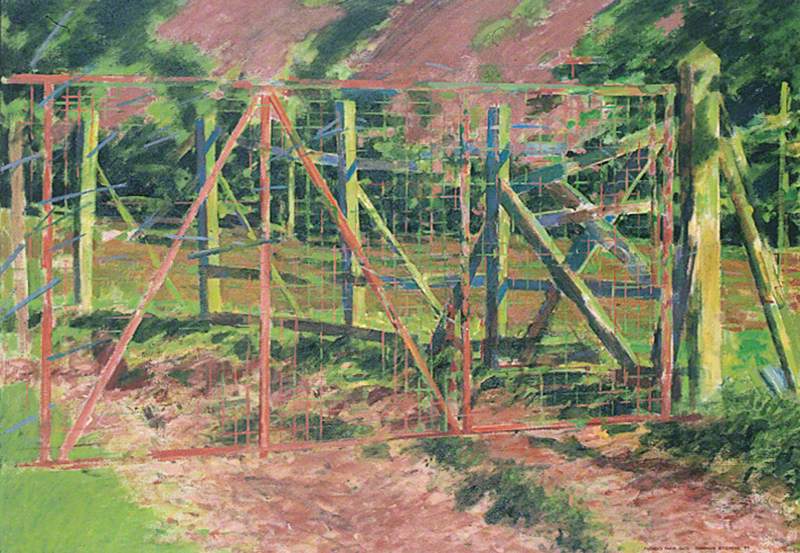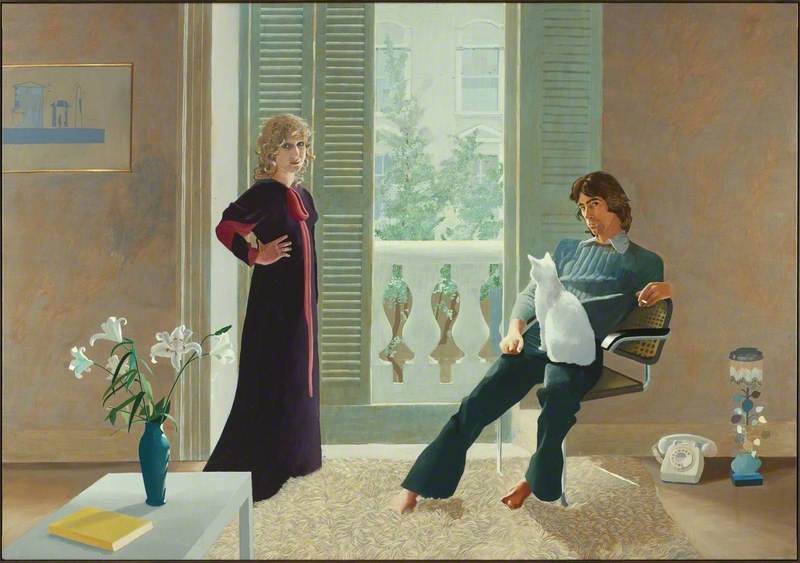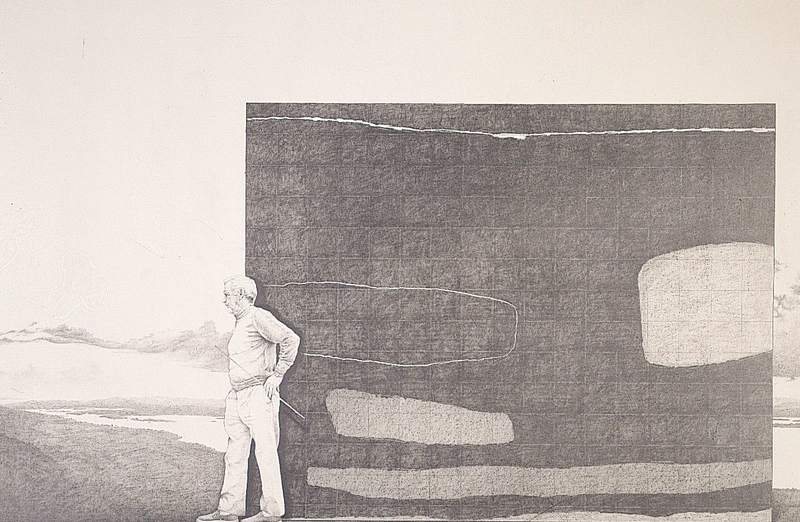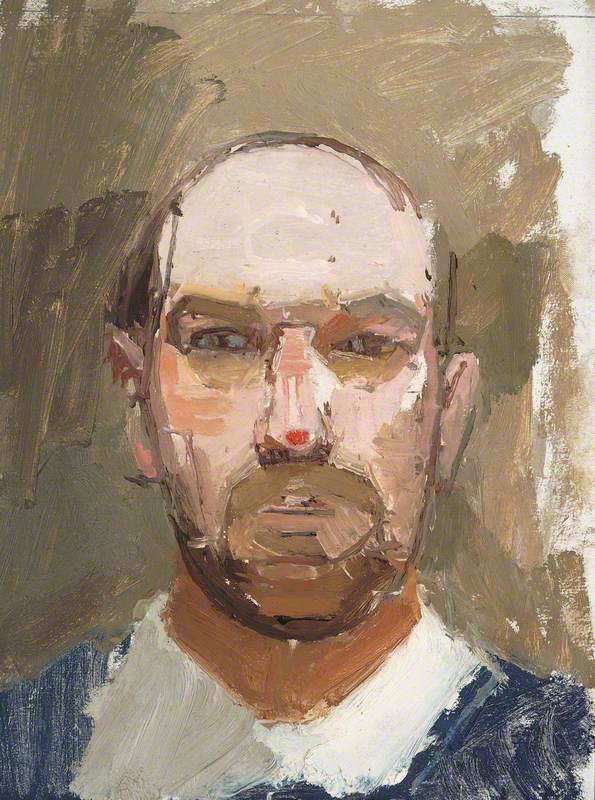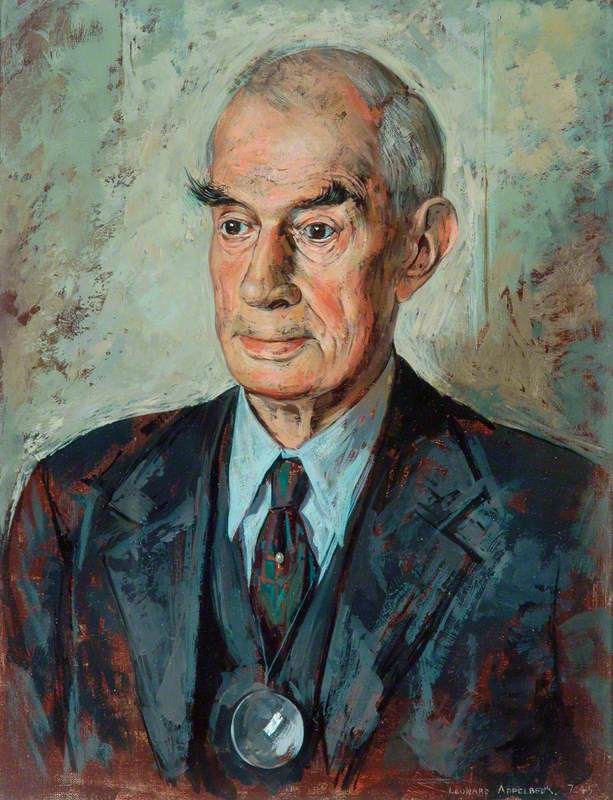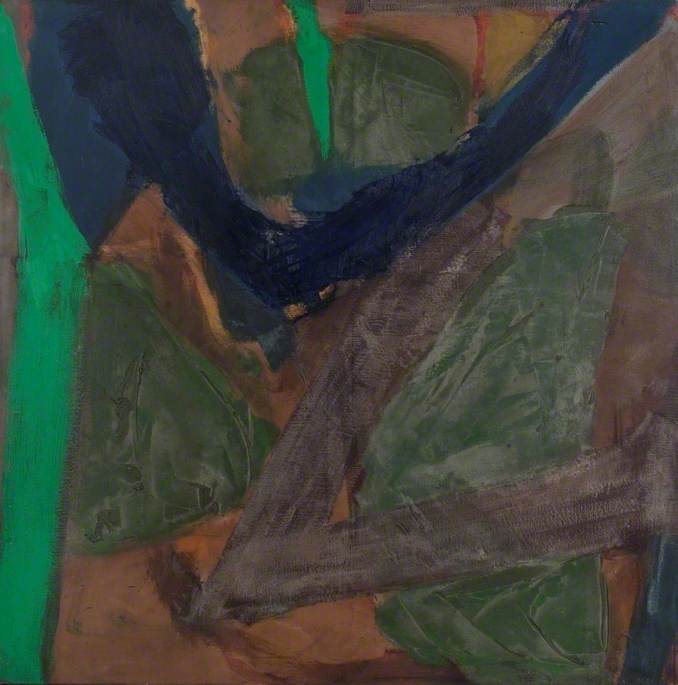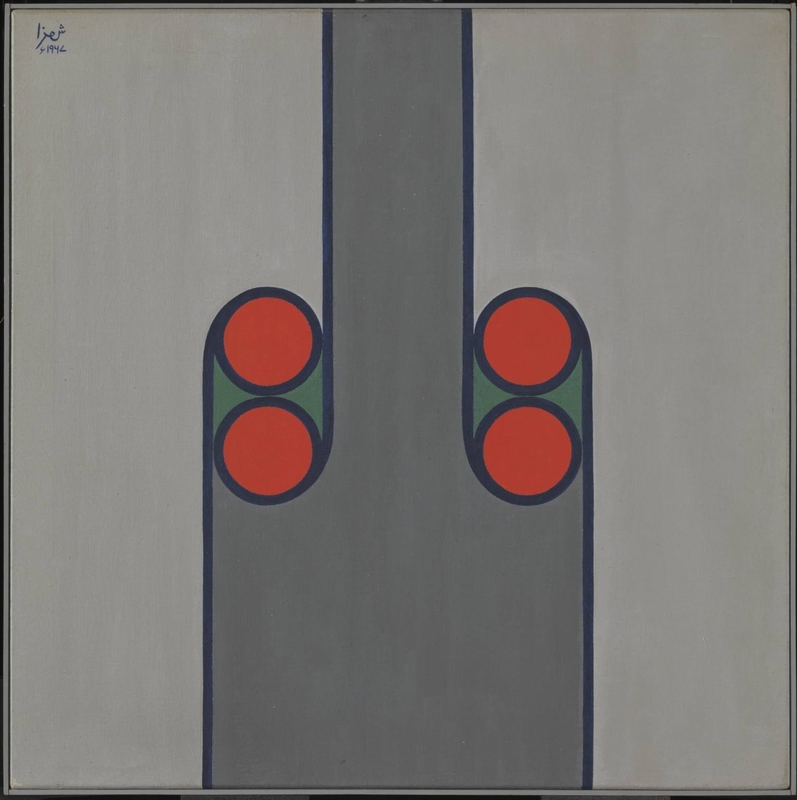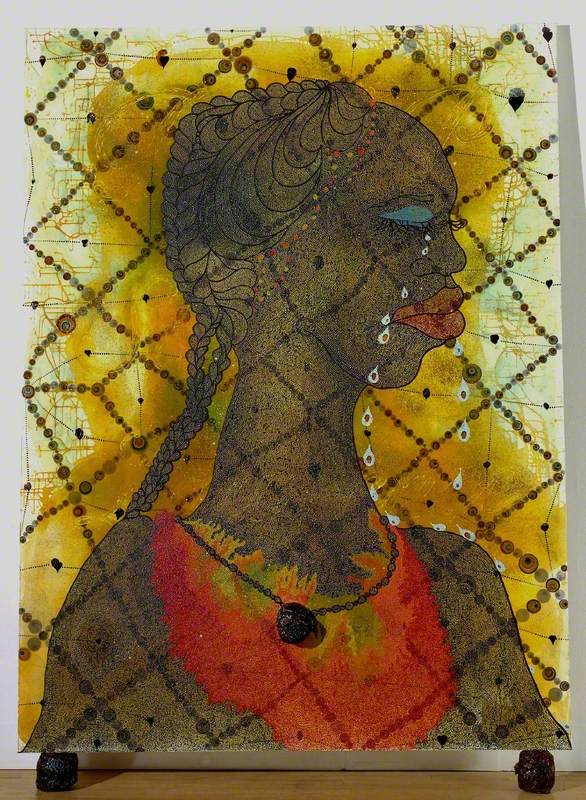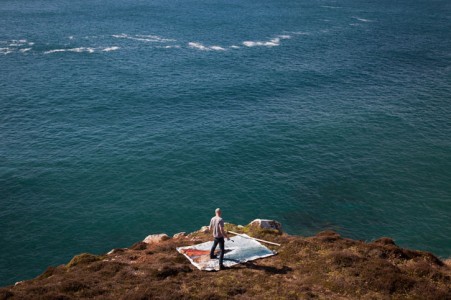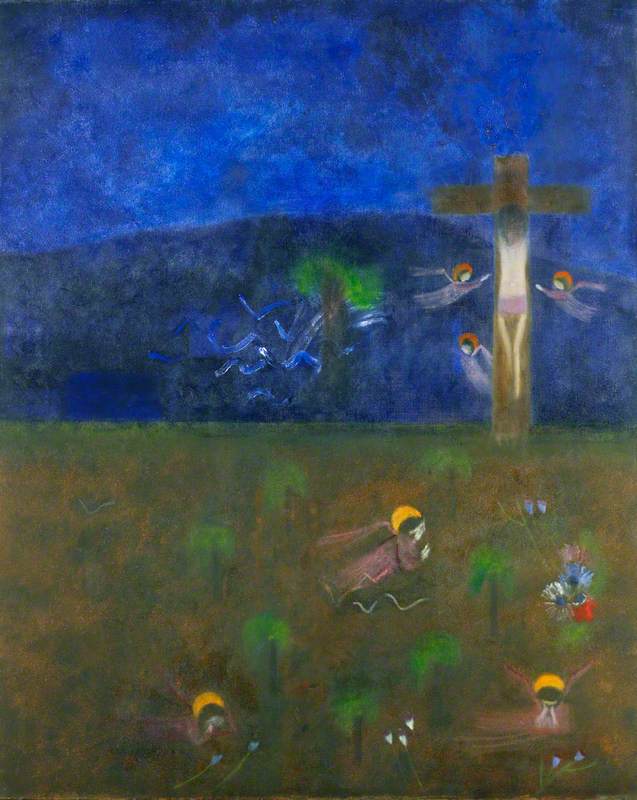In May 2017 the artist Peter Doig's painting Rosedale, from 1991, sold at Phillips New York for just short of $29 million, including buyer's premium – well over £22 million on current exchange rates. It made him the highest priced living British artist, until a recent £70 million sale of a work by David Hockney.
As of 2019, eight Doig paintings appear on Art UK in public collections in Britain, from the New Walk Museum and Gallery in Leicester, to the Southampton City Art Gallery, to the Tate. They could arguably be worth nearly £200 million as a group. The next highest price for a Doig, according to a list provided by Sotheby's, is Swamped, a 1990 painting, that sold for $26 million in 2015.
How does any public collection in Britain lay their hands on works by an artist who commands such extraordinary prices? It's a question of timing. All the Art UK listings were accessioned in the 1990s. In 1999, auction records show, Doig paintings were selling for as little as £20,000; but in December that year, in a hint of what was to come, his 1995 painting Lunker sold for three times the estimate, at £106,000. By the twenty-first century, they were far out of reach. In 2007, his White Canoe (1990/1991) sold at Sotheby's for $11.3 million, for what was then the record for a living European artist.
Not that many museums, one expert explains, buy artists at the beginning of their careers. It's a Catch-22. Most museum purchasing committees want to be sure an artist is going to be successful, a future name to reckon with, before they join a permanent collection. But if they wait too long, the work is unaffordable. It's led to suggestions that museums should hold a separate, second-tier collection, where new works can sit for 10 or 20 years before they've proved they won't be a burden on the storage rooms.
As a recent article on Peter Doig for Christie's auctioneers observed, the artist is a 'man of many nations'. He is Scottish born, but claiming him even for the UK is a difficult matter. Born in Edinburgh in 1959, he moved to Trinidad at the age of three with his family, and very soon after to Canada. He studied at three London art colleges, but moved back to Trinidad in 2002, and is now described as dividing his time between the Caribbean, London, New York and Germany.
Doig's work is magnificent, but also popular, and accessible; some pieces are inspired by horror films, others have a filmic quality to them, and others draw on photographs. He held firmly on to painting when art fashions changed.
The British Council has two works by Doig, and the Arts Council one; Red Deer, showing two red deer in a very red lakeside scene, looks the weakest of the Art UK works, though even Doig's earliest paintings are now considered museum-worthy. The Walker Art Gallery, Southampton and New Walk have one piece; the Tate acquired two significant works later in the 1990s. They are all works very close to the record-breaking Rosedale in date.
The earliest work is Untitled (Green), a typically evocative view of a figure walking away through a misty, mottled, watery landscape It was painted in 1988 and purchased for the British Council Collection in 1998, from the Victoria Miro Gallery.
Another – again, a figure seen against trees, and water, though this time in snow – is Blotter. The Walker Art Gallery acquired Blotter when Doig won the John Moores Painting Prize with it in 1993.
The John Moores prize was founded in 1957, and the country's oldest painting prize. It is open to all UK-based artists working with paint, and is staged every two years, with an exhibition at the Walker Art Gallery. Blotter, based on a photograph of Doig's brother, was purchased from the artist and presented to the gallery by the John Moores Family Trust.
It has not always been the policy of the gallery to acquire the prize-winning work, but it certainly has since 1980, said a Liverpool Museums spokesperson. It has paid off handsomely. The prize for Blotter marked a turning point for Doig's career; he was nominated for the Turner Prize the following year.
And in 1968, the Walker Art Gallery had acquired David Hockney's 1966 painting of Peter Getting Out of Nick's Pool, also a John Moores prize-winner, again purchased by the trust from the artist. Showing the bare behind of Hockney's boyfriend, Peter Schlesinger, climbing out of a California pool, it was a bold purchase of what would become an iconic work in Hockney's famous pool series.
In November 2018 Hockney's Portrait of an Artist (Pool with Two Figures), painted in 1972, sold for $90m (£70m), setting a new auction record for any living artist. Neither the John Moores Trust nor the Walker could tell Art UK the purchase price of the Doig or Hockney works but they are set by the submitting artists.
Would these kinds of figures, the extraordinary inflation in an artwork's worth, start a new debate on deaccessioning? Perhaps they already have. The Southampton City Art Gallery acquired Doig's Girl on Skis in 1997, bought with the help of the Chipperfield Bequest Fund. In 2010 Southampton City Council floated and then abandoned plans to sell two works from its collection, by Auguste Rodin and Sir Alfred Munnings, to finance a new museum.
In 2014, fearful of possible sales to cover a repair bill for the Southampton gallery's roof, a campaign group started a move to transfer the city's collection into an independent trust in order to permanently protect it. The council was quoted as saying the terms of the Chipperfield Bequest allowed the art to be sold to benefit the care and display of the existing collection.
In 1994, the Contemporary Art Society (CAS), on the advice of that year's selector Edward Lee, bought Peter Doig's Concrete Cabin (1991–2). Lee, a private collector, said at the time: 'Seldom can there have been a moment in recent times when so much innovative and exciting work has been produced by a great number of younger artists in Britain.' The role of CAS has always been to raise funds for innovative work, when regional museums cannot.
Concrete Cabin was offered as a gift to any CAS member museum in 1996 and was a popular choice. The decision to allocate to The New Walk Museum and Art Gallery, Leicester, was made to acknowledge the importance of their European painting collection, especially their German Expressionists, and to inspire future innovative contemporary acquisitions.
Doig is firmly labelled in his Wikipedia entry and elsewhere as a Scottish painter, even if he left the country at the age of three. In 2013 the Scottish National Galleries staged a major exhibition of his work. But perhaps that side of his nationality was identified too late; no Scottish public collection bought in the critical early period.
The National Galleries Scotland list one painting by Doig, Milky Way, on its website, a 1990 work, but it is on loan, with a credit line 'collection of the artist', and so it does not appear on Art UK. Their chance of gaining a major work by anything other than a gift is surely long past. The Fleming Collection, with its vaunted collection of Scottish art, also did not buy. Until 2000, it was operating as a corporate collection for Flemings bank, with purchases made when new offices might demand them.
The National Galleries Scotland has a Doig print, Echo Lake, purchased in 2009. The Tate has the painting, Echo Lake, presented to the gallery in 1998 in honour of Sir Dennis Stevenson, who was stepping down as chairman that year, and Lady Stevenson. It is based on a still photograph from the 1980 horror film Friday the 13th.
Doig, says one Scottish art expert, was 'very obscure in the early 1990s', showing in a little-known gallery off Gray's Inn Road. When he moved to the prestigious Victoria Miro Gallery, his paintings were priced around £10,000. Today his paintings sell for many millions of dollars. As galleries try to acquire works by new and up-and-coming artists, will they have the funds – and the luck – to beat the art market in the future?
Tim Cornwell, freelance arts writer
